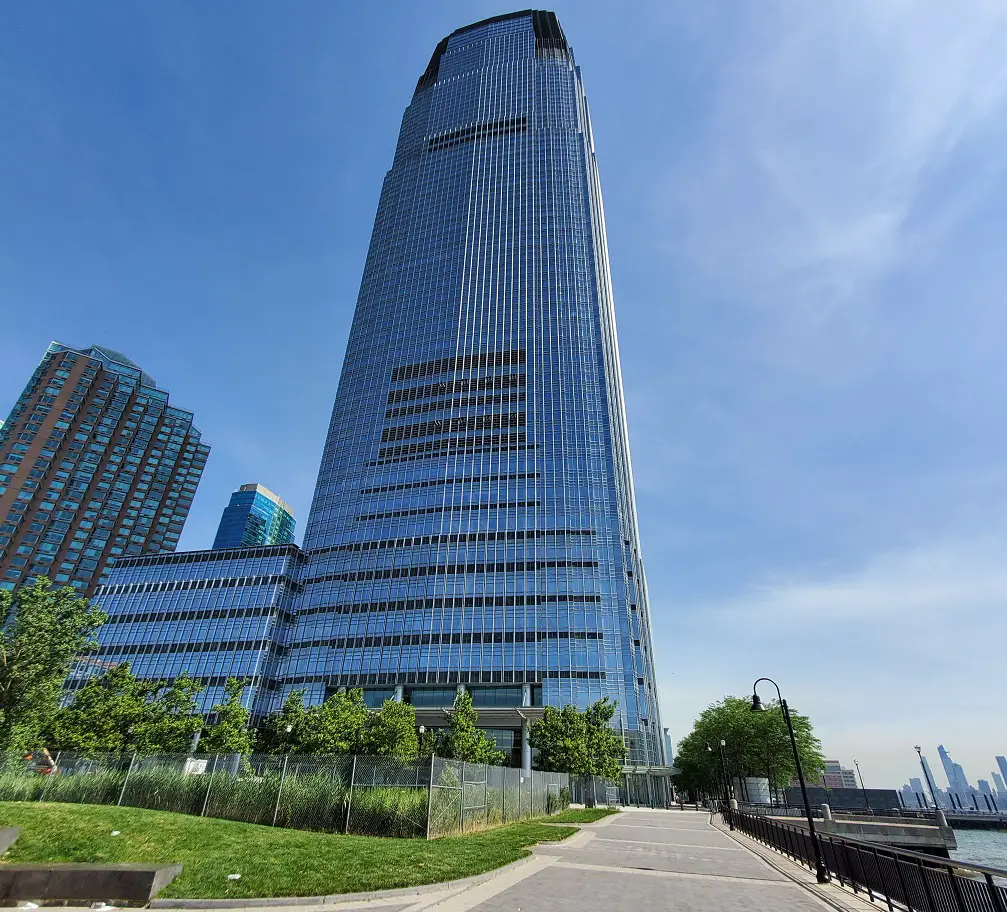Goldman Sachs Group Inc. and Bank of America Corp. strategists are predicting that US equities will see more losses until the Fed decides to reverse its current position on monetary tightening.
In a note, BoA strategists said, “The Fed has offered no help to risk assets and appears far from stepping in,” adding that, “We believe markets will continue to test the Fed put, but that it will take more market panic for the Fed to start panicking.”
Goldman Sachs strategist Vickie Chang meanwhile is saying, “It may be necessary for the market to become more confident than it is that financial conditions tightening has been sufficient and that the Fed has delivered and signaled enough tightening. Monetary policy has historically stopped tightening about three months before equities bottom, and shifted to easing about two months afterwards… A shift to Fed easing is unlikely without a clear move into recession, but — as in late 2018 — a clear signal that tightening risks are receding may be sufficient”
Amid investor worries the Fed will plunge the economy into a recession with its monetary tightening amid aggressive inflation, US equities have slumped. The S&P drifted into Bear territory on Friday, while the NASDAQ 100 is down 25% as tech socks have been slammed, led by skepticism of social media companies’ business models.
The Fed hiked interest rates to a target range of 0.75% to 1% earlier this month. Chair Jerome Powell has inicated they will make similar moves in June and July.
US equities have slumped this year amid investor concerns that the Fed will plunge the economy into a recession with its active monetary tightening amid soaring inflation. The S&P 500 flirted with a bear market on Friday, while the Nasdaq 100 is down more than 25% in 2022 as frothy technology shares have led the selloff on worries about higher rates curbing future earnings growth.
BofA strategists recommend owning local S&P 500 skew near 10-year lows through December put ratios to position for further market declines, where investors test the “Fed put” — when the central bank alters policy to prop up equity markets after a sharp decline — to find that it’s “heavily compromised in the face of inflation.”
“A shift to Fed easing is unlikely without a clear move into recession, but — as in late 2018 — a clear signal that tightening risks are receding may be sufficient,” said Chang. As investors try to deduce what path the Fed will follow going forward, Fed Bank of Kansas City President Esther George has said she expects a raise in interest rates of 2% by August, with the path after that determined by the extent to which the economy cools in response.
As Victoria Chang noted, “Using history as a guide, in order for equities to come off their recent lows (and stop declining), this kind of monetary-tightening induced contraction is most likely to end when the Fed itself shifts. It may be that the market needs to see signs of the inflation deceleration that our US economists expect in the second half of the year in order to see sustained relief.”


